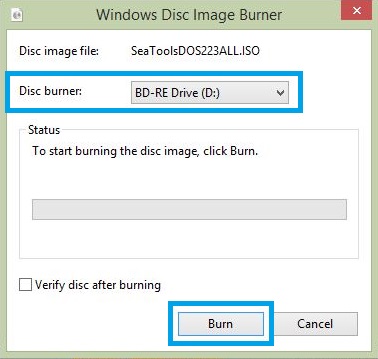What is a Transaction (in a Database)?

A transaction is the smallest logical unit of work performed in a database management system (DBMS). It is a sequence of database operations that are grouped together as a single entity to ensure data consistency and integrity. A transaction in a database refers to a series of actions or a single action that leads to data modification.
A transaction typically consists of several steps, including reading data from the database, performing some calculations or functions on the data, and then saving the new data back to the database. In order to understand transactions, you need to understand the ACID properties that guide their implementation.
ACID stands for Atomicity, Consistency, Isolation, and Durability. Atomicity refers to the all-or-nothing nature of transactions. Transactions are either completed in their entirety or not at all. Consistency means that a transaction does not violate the integrity constraints defined in the database. Isolation refers to the fact that transactions are executed independently of each other, and Durability ensures that once a transaction is committed, it remains in the database even if the system crashes.
If any of the ACID properties are violated, a database may become corrupt, and the data within it may be rendered useless or unreliable. In addition to these fundamental properties, transactions are required to be well-formed, which means they must have a clearly defined beginning and end.
In order to ensure the ACID properties are preserved, a DBMS uses a technique known as transaction management. This refers to the set of protocols, mechanisms, and policies that enforce transactional integrity within a database. When a transaction is initiated by a user or application, the DBMS takes a series of steps to ensure its successful completion.
Firstly, it performs checks to determine whether the transaction can be executed. If the transaction is valid, the DBMS creates a unique identifier for it, known as a transaction ID. It then takes a snapshot of the database, or a segment of the database, to create a reference point for the transaction. This ensures that the state of the database can be restored if the transaction fails or is interrupted.
Next, the DBMS carries out the transaction, either in its entirety or by executing each step independently. As each step is performed, the DBMS logs the changes to the database so that if the transaction fails, it can be rolled back (undone) to a previous state.
Finally, if the transaction is successful, the DBMS commits the changes to the database permanently. If it fails, it rolls back the changes, and the database returns to its original state.
In conclusion, a transaction is a fundamental building block of database management. It is a sequence of database operations grouped together as a single entity that ensures data consistency and integrity, and it must satisfy the ACID properties to be considered valid. By enforcing these properties, DBMSs create a reliable, trustworthy way to store and access data, thereby ensuring that database users can rely on the information contained therein.






